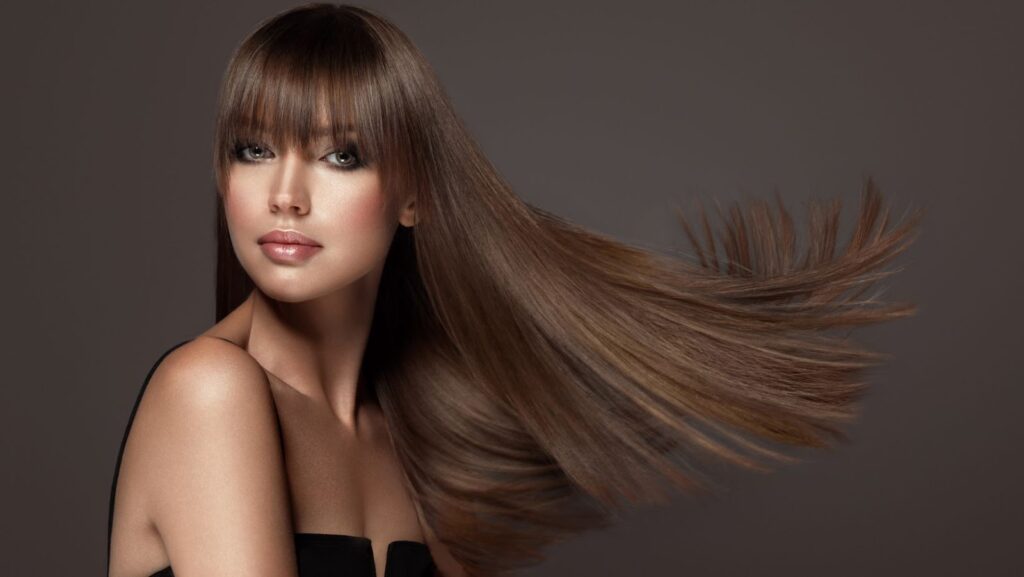I’ve always been fascinated by the transformative power of a good haircut, and when it comes to sleek, refined looks, taper straight hair stands out as a timeless choice. It’s not just a style; it’s a statement of elegance and sophistication that works for every occasion.
Taper Straight Hair
When I hear taper straight hair, I think of a haircut that exudes confidence without trying too hard. It’s a technique where hair gradually shortens in length from the top down to the natural hairline. Unlike a traditional straight haircut, a taper gives a more textured and defined look, blending seamlessly from longer to shorter length without any abrupt stops. This cut has always been in style, primarily because of its versatility and how well it complements different head shapes and hair textures.
Applying a taper to straight hair isn’t just about cutting it shorter towards the neck and ears; it’s an art that requires precision. The goal is to create a smooth transition that looks effortless. Here’s why I find taper straight hair fascinating:
- It’s incredibly versatile. You can go for a subtle taper that’s almost unnoticeable for a more professional look, or opt for a drastic taper that really shows off the different lengths of your hair.
- It works with every outfit. Whether I’m in a suit for a formal event or in a tee and jeans for a casual outing, my taper straight hair never feels out of place.
- It requires minimal maintenance. Yes, the initial cut does need a skilled barber, but maintaining the look is straightforward. A quick comb through in the morning is often all it takes.
Tapering involves removing weight from the hair, creating a layer of sophistication that’s not as easily achieved with a straight-across cut. It’s the subtlety of the taper that I appreciate most, offering a hint of detail that speaks volumes about personal style. From the longer strands at the top to the finely shortened strands around the neckline and over the ears, it’s all about creating a balance that enhances the hair’s natural flow.
How to Achieve a Tapered Straight Haircut
Achieving the perfect taper straight hair look is a process that involves precision, attention to detail, and understanding one’s hair. Here’s how I navigate through the process to ensure the best results.
Find a Skilled Hairstylist
The first step to achieving an impeccable tapered straight haircut is finding a hairstylist skilled in executing this specific cut. Not every stylist may have the expertise or the finesse to give you the taper you’re looking for. I recommend doing thorough research; look for reviews, before and after photos, and hairstylists who specialize in taper cuts.
A skilled hairstylist can analyze your hair type, face shape, and lifestyle to customize the tapering in a way that enhances your features optimally. Remember, communication is key. I always ensure to have a detailed discussion with my hairstylist about what I want and listen to their professional advice to achieve the best outcome.
Choose the Right Taper Length
Choosing the right taper length is crucial to the overall look. The taper should seamlessly blend with your hairstyle while accentuating your features. It’s not one size fits all, and the length should be customized based on your personal style and the look you’re aiming for. Here’s a brief guideline:
- Short taper: Offers a subtle transition. Best for a more professional, understated look.
- Medium taper: A versatile option that works well for most people, providing a noticeable but not too dramatic transition.
- Long taper: Gives a more dramatic effect. It’s bolder and makes a statement, fading gradually over a larger area.
Experimenting with different lengths under the guidance of your stylist can help you find the perfect balance that complements your style and facial structure.
Consider Hair Texture
Your hair’s texture plays a pivotal role in how the taper will look. Straight, wavy, curly, or coily – each texture requires a unique approach to tapering. I’ve learned that straight hair might sometimes need layering to add volume, while curly hair may require careful thinning to prevent puffiness.
Understanding your hair texture and how it reacts to different lengths and cutting techniques is essential. Discuss with your stylist about how to tailor the tapering technique to suit your hair’s natural texture. They can adjust the angle and direction of the cut to ensure that your taper straight hair highlights your best features while maintaining the health and integrity of your hair.
Navigating through these steps has always led me to achieve a tapered look that not only looks great but also feels right for me.
